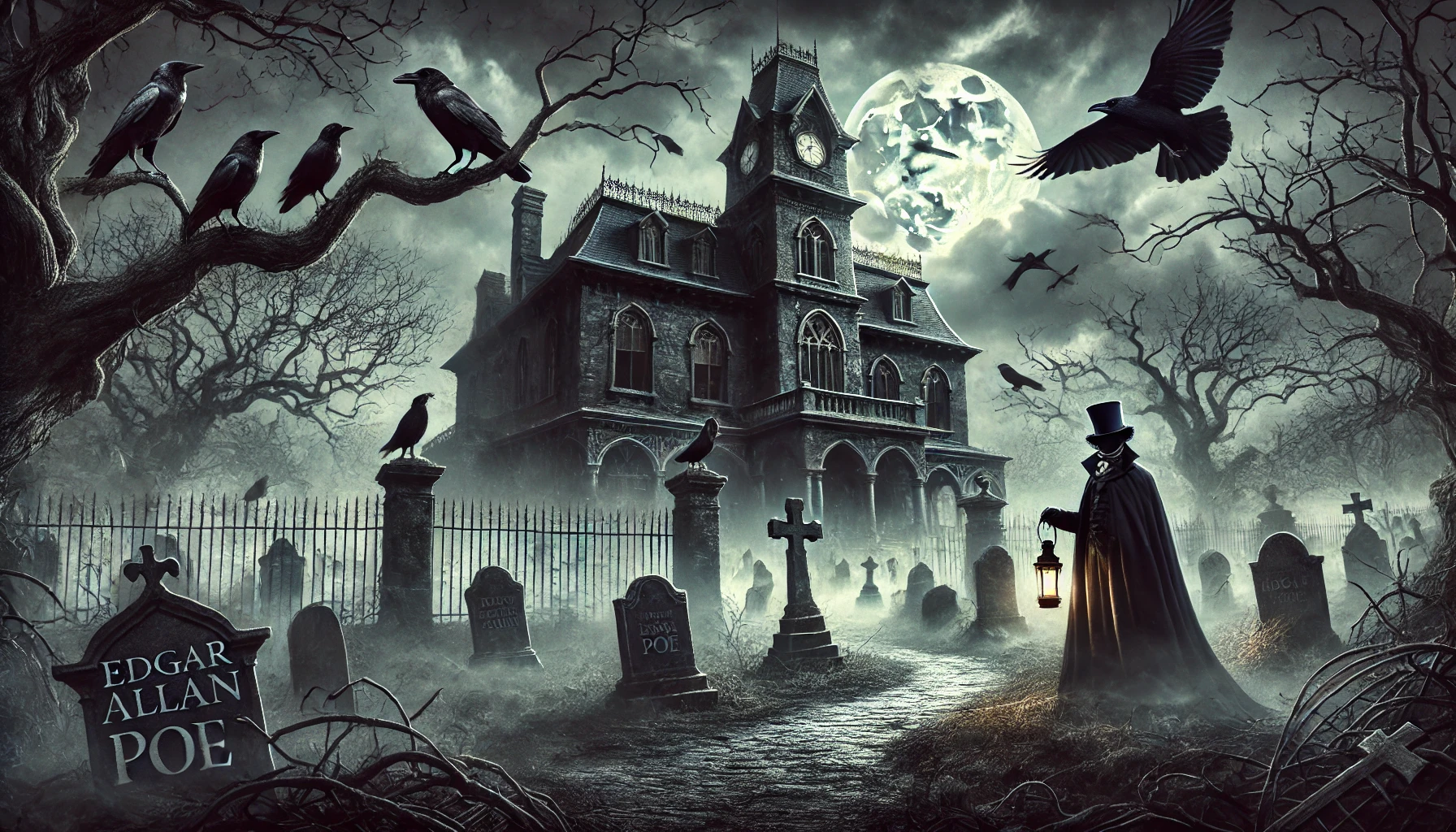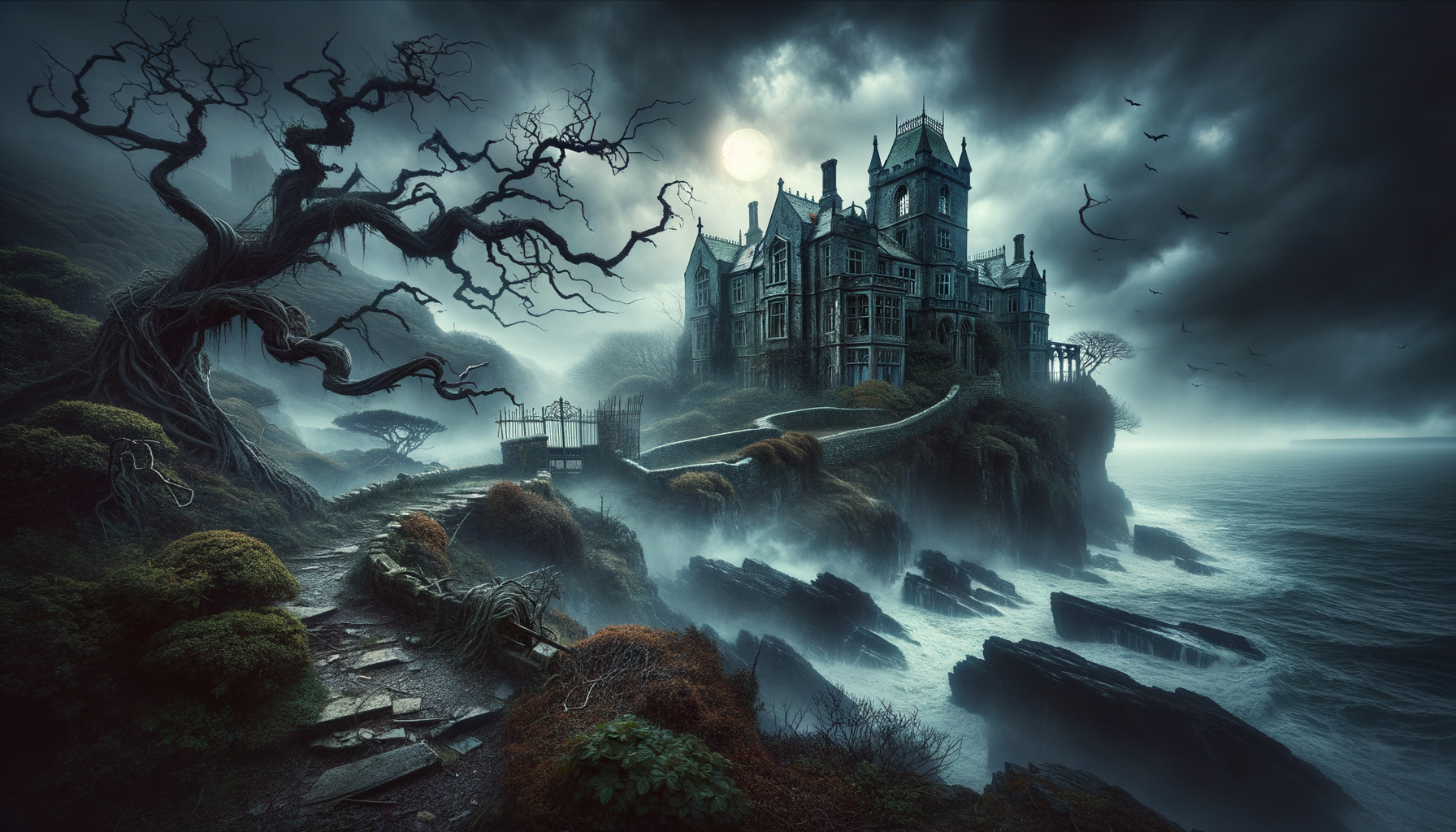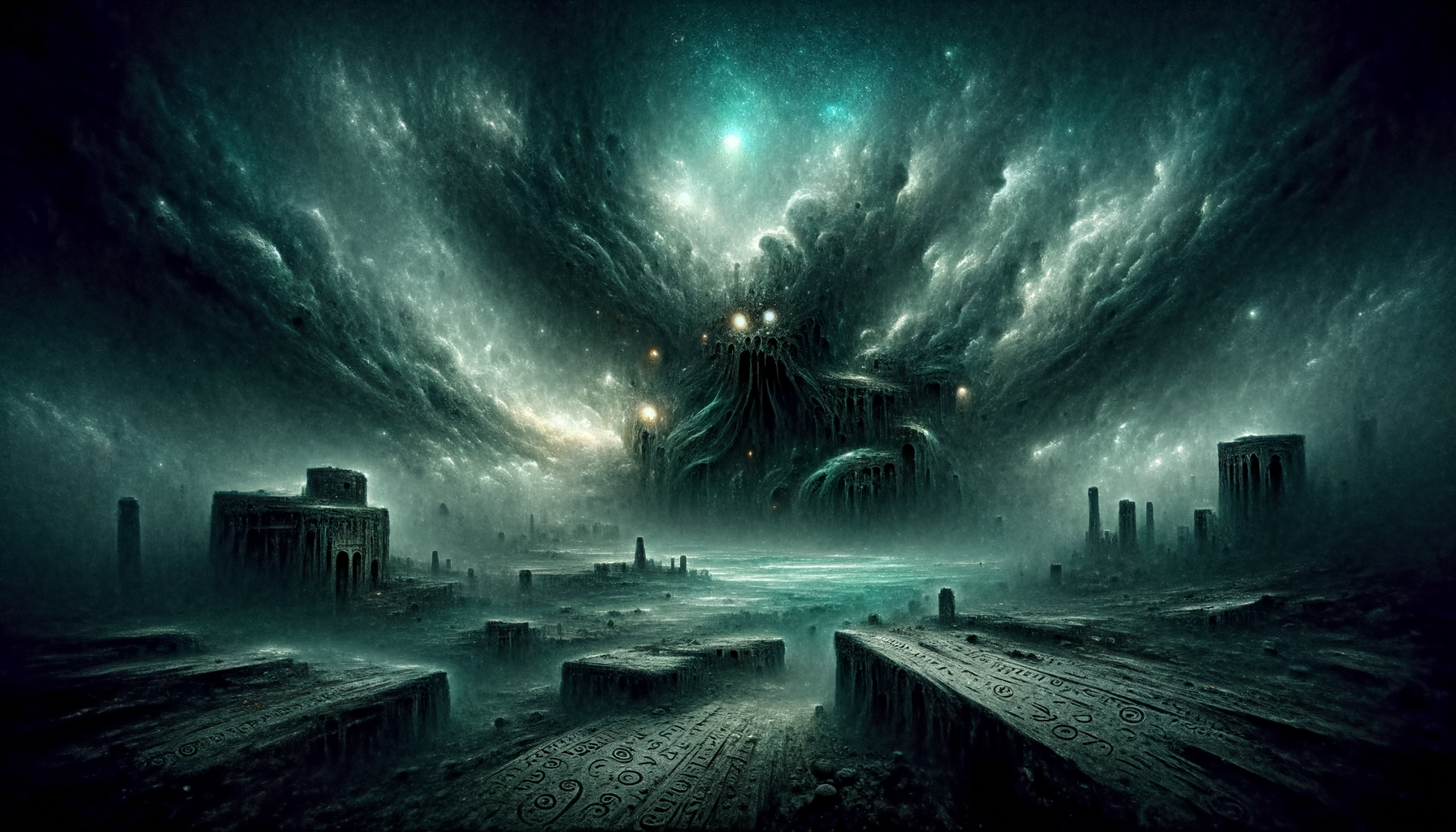Investigate themes of the human condition and despair in Edgar Allan Poe’s short stories. This guide explores key motifs like death, madness, and the supernatural, offering insights and analysis for literature enthusiasts.
Introduction:
Edgar Allan Poe, a master of dark romanticism, delves deeply into the human condition and the pervasive sense of despair that often accompanies it. His works reflect a profound understanding of human suffering, loneliness, and the inevitable descent into madness. This article explores the themes of despair and human suffering in Poe’s works, with a particular focus on “The Raven,” examining his commentary on the human condition and the intricate relationship between despair and creativity in his life.
Themes of Despair and Human Suffering
Despair is a central theme in many of Poe’s works, where it manifests as a response to loss, guilt, and the inexorable passage of time. His characters frequently grapple with intense emotional turmoil, leading to a sense of hopelessness that permeates their existence. This despair often drives them to extreme actions or psychological breakdowns, reflecting Poe’s exploration of the darker aspects of the human psyche.
In “The Raven,” despair is depicted through the narrator’s mourning of his lost love, Lenore. The relentless tapping of the raven, repeating the word “Nevermore,” symbolizes the inescapable and unending nature of his sorrow. This poem, like many of Poe’s stories, portrays despair as an all-consuming force that leaves individuals trapped in their own misery.
Insights into “The Raven”
“The Raven” stands as one of Poe’s most famous works, encapsulating the essence of despair and the human condition. The poem narrates the story of a grieving man visited by a mysterious raven, whose repeated refrain of “Nevermore” drives the narrator deeper into madness and despair.
The poem’s setting, a dark and lonely chamber, mirrors the narrator’s inner turmoil. The raven, a symbol of death and eternal mourning, perches on a bust of Pallas Athena, the goddess of wisdom. This juxtaposition highlights the conflict between reason and emotion, a common theme in Poe’s exploration of despair. The narrator’s futile attempts to find solace or answers from the raven only lead to greater anguish, emphasizing the permanence of his loss and the futility of seeking redemption or understanding.
Poe’s Commentary on the Human Condition
Poe’s works offer a bleak yet insightful commentary on the human condition. He portrays life as a series of inevitable tragedies, where happiness is fleeting and despair is a constant companion. His characters often confront the limits of their understanding and the inevitability of their mortality, reflecting a deep existential crisis.
In “The Fall of the House of Usher,” Poe explores themes of decay and the inescapable nature of death. The Usher family’s decline mirrors the physical and psychological collapse of the characters, symbolizing the frailty of human existence. Similarly, in “The Tell-Tale Heart,” the narrator’s descent into madness underscores the fragile line between sanity and insanity, driven by guilt and an obsessive fear of death.
Through these narratives, Poe suggests that despair is an intrinsic part of the human experience, a force that shapes our actions and perceptions. His portrayal of suffering and hopelessness serves as a reflection on the darker truths of life, challenging readers to confront their own fears and insecurities.
The Relationship Between Despair and Creativity in Poe’s Life
Poe’s own life was marked by significant personal tragedy and hardship, which profoundly influenced his writing. The death of his parents at a young age, the loss of his wife Virginia, and his struggles with financial instability and addiction all contributed to a pervasive sense of despair that permeated his work.
This despair, however, also fueled his creativity. Poe’s ability to channel his personal anguish into his stories and poems allowed him to explore the depths of human emotion with unparalleled intensity. His writings often reflect his inner turmoil, offering a glimpse into the mind of a man grappling with profound sadness and existential dread.
Poe’s creative process was deeply intertwined with his experiences of despair. His works not only served as a means of personal expression but also as a way to connect with readers on a deeply emotional level. By exploring themes of despair and suffering, Poe was able to create works of enduring impact and resonance, solidifying his place as one of the most influential writers in the gothic literary tradition.
Conclusion
Edgar Allan Poe’s exploration of the human condition and despair in his works provides a profound and often unsettling insight into the darker aspects of human experience. Through vivid imagery, complex characters, and a deep understanding of human psychology, Poe delves into themes of loss, hopelessness, and the fragility of sanity. “The Raven” and other works stand as testaments to his ability to capture the essence of despair, offering a poignant reflection on the inescapable nature of human suffering. Poe’s life and creativity were deeply shaped by his personal tragedies, allowing him to create timeless works that continue to resonate with readers and explore the intricate relationship between despair and artistic expression.




